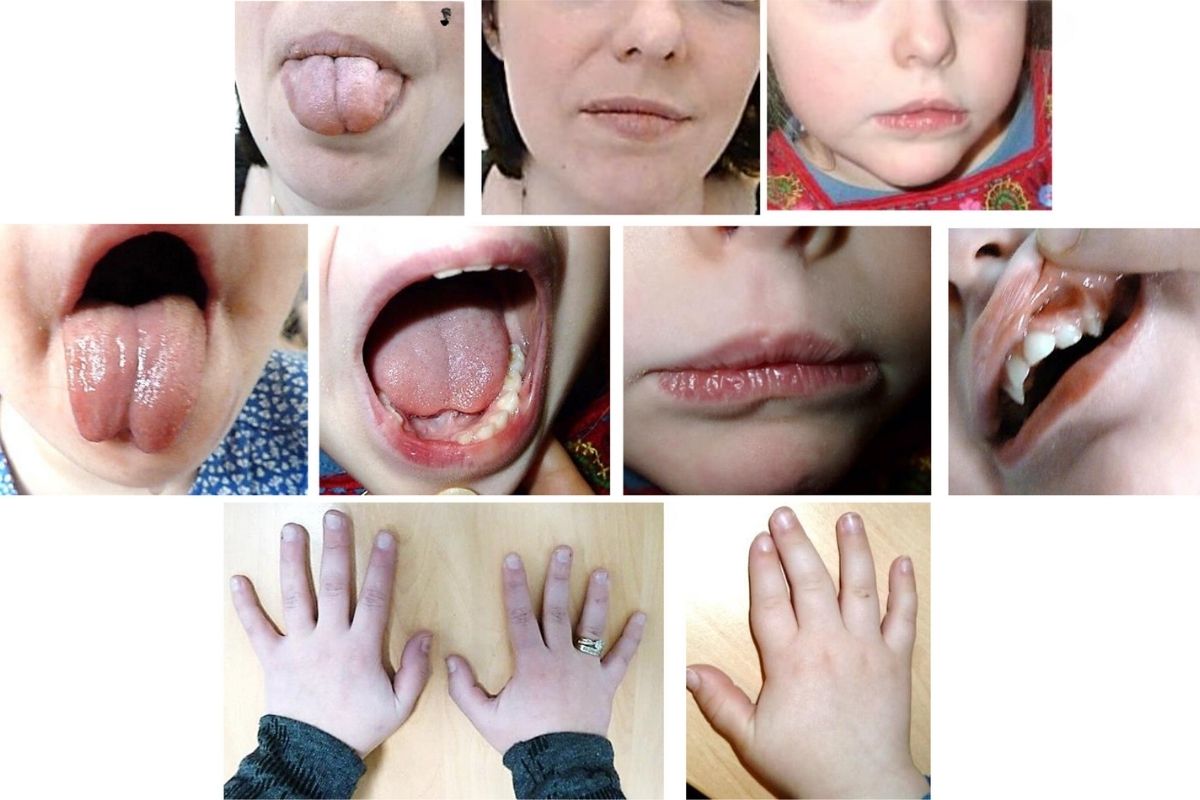
Radio Digito Facial Dysplasia is a rare genetic disorder that affects various parts of the body, including the limbs, face, and sometimes the heart. This condition can cause abnormalities in the bones of the arms and legs, leading to limb shortening or malformations. Facial features may also be distinct, with differences in the shape or size of the nose, eyes, or mouth. Symptoms can vary widely among individuals, making each case unique. Understanding this condition is crucial for those affected and their families. Here are 25 facts that shed light on the complexities and challenges of living with Radio Digito Facial Dysplasia.
Key Takeaways:
- Radio Digito Facial Dysplasia (RDFFD) is a rare genetic disorder that affects bone development in the arms, fingers, and face. It can lead to physical abnormalities and challenges, but ongoing research offers hope for new treatments.
- Individuals with RDFFD may experience a range of symptoms, including abnormal bone growth, distinctive facial features, and hearing and vision issues. While there is no cure, supportive care and surgical interventions can improve quality of life.
What is Radio Digito Facial Dysplasia?
Radio Digito Facial Dysplasia (RDFFD) is a rare genetic disorder. It affects the development of bones in the arms, fingers, and face. This condition can lead to various physical abnormalities and challenges.
- Genetic Origin: RDFFD is caused by mutations in specific genes. These mutations disrupt normal bone development.
- Inheritance Pattern: This disorder follows an autosomal dominant inheritance pattern. A single copy of the mutated gene can cause the condition.
- Prevalence: RDFFD is extremely rare. Only a few cases have been documented worldwide.
- Symptoms: Common symptoms include abnormal bone growth in the arms and fingers. Facial abnormalities are also prevalent.
- Diagnosis: Genetic testing is essential for diagnosing RDFFD. It helps identify the specific gene mutations.
- Physical Appearance: Individuals with RDFFD often have distinctive facial features. These can include a broad forehead and a flat nasal bridge.
- Hand Abnormalities: The fingers may be unusually short or fused together. This condition is known as syndactyly.
- Arm Abnormalities: Bones in the arms may be underdeveloped or malformed. This can limit movement and function.
- Facial Abnormalities: Facial bones may not develop properly. This can affect the shape and symmetry of the face.
- Hearing Loss: Some individuals with RDFFD experience hearing loss. This is due to abnormalities in the ear structures.
- Vision Problems: Vision issues can also occur. These may include strabismus (crossed eyes) or refractive errors.
- Dental Issues: Dental abnormalities are common. Teeth may be missing, misaligned, or malformed.
- Speech Difficulties: Speech development can be affected. This is often due to facial and dental abnormalities.
- Growth Delays: Children with RDFFD may experience growth delays. They might be shorter than their peers.
- Intellectual Development: Most individuals have normal intelligence. However, some may have learning difficulties.
- Treatment Options: There is no cure for RDFFD. Treatment focuses on managing symptoms and improving quality of life.
- Surgical Interventions: Surgery can correct some physical abnormalities. This includes procedures to separate fused fingers.
- Therapies: Physical and occupational therapy can help improve mobility and function. Speech therapy may also be beneficial.
- Supportive Care: Ongoing medical care and support are crucial. This includes regular check-ups and monitoring.
- Prognosis: The prognosis varies depending on the severity of symptoms. Many individuals lead fulfilling lives with appropriate care.
- Research: Ongoing research aims to better understand RDFFD. Scientists are exploring potential treatments and interventions.
- Support Groups: Support groups can provide valuable resources and community. They offer emotional support and practical advice.
- Awareness: Raising awareness about RDFFD is important. It helps promote understanding and support for affected individuals.
- Genetic Counseling: Genetic counseling is recommended for families. It provides information about inheritance and risks.
- Future Directions: Advances in genetics may lead to new treatments. Continued research holds promise for those with RDFFD.
Final Thoughts on Radio Digito Facial Dysplasia
Radio Digito Facial Dysplasia, though rare, offers a fascinating glimpse into the complexities of genetic disorders. Understanding its symptoms, causes, and treatments can help those affected lead better lives. Early diagnosis and intervention are crucial for managing the condition effectively. Genetic counseling can provide families with valuable insights and support. While research continues to uncover more about this disorder, awareness and education remain key. By sharing knowledge and supporting ongoing studies, we can hope for improved treatments and possibly a cure in the future. Remember, every bit of information helps in making strides toward better healthcare outcomes. Stay informed, stay supportive, and let's work together to make a difference for those living with Radio Digito Facial Dysplasia.
Frequently Asked Questions
Was this page helpful?
Our commitment to delivering trustworthy and engaging content is at the heart of what we do. Each fact on our site is contributed by real users like you, bringing a wealth of diverse insights and information. To ensure the highest standards of accuracy and reliability, our dedicated editors meticulously review each submission. This process guarantees that the facts we share are not only fascinating but also credible. Trust in our commitment to quality and authenticity as you explore and learn with us.
